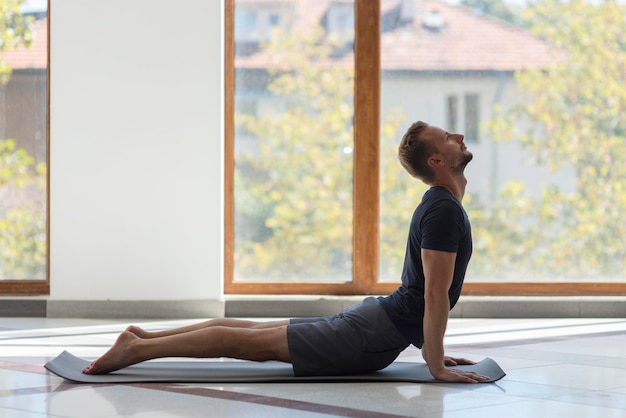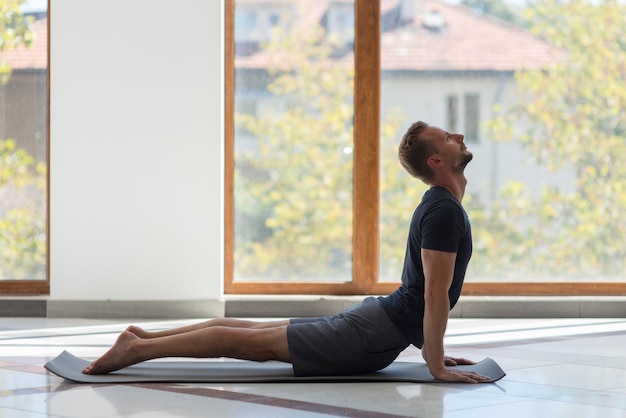Poor posture is more than just a cosmetic concern—it can lead to chronic back pain, reduced lung capacity, fatigue, and even impact your mood and confidence. With so many of us spending hours sitting at desks, hunched over phones, or slouching on couches, posture correction has never been more important. The good news? You don’t need hours of training or expensive equipment. Just 60 minutes a day, broken into manageable sessions, can significantly improve your posture and overall well-being.
Posture refers to the alignment of your body while sitting, standing, or moving. Ideal posture keeps your spine in a neutral position, reducing strain on muscles and ligaments. Over time, poor posture can lead to musculoskeletal imbalances, joint degeneration, and even nerve compression.
Studies show that correcting posture can improve breathing, digestion, energy levels, and even reduce headaches. The key is consistency and awareness.
Rather than one long session, break your 60 minutes into smaller, focused blocks throughout the day. This approach improves adherence and allows your body to adapt gradually.

Setting weekly goals helps track progress and maintain motivation. Here’s a suggested 4-week plan:
While posture correction is generally safe, it’s important to proceed with care, especially if you have pre-existing conditions. Follow these safety guidelines:
Improving your posture isn’t about achieving perfection overnight—it’s about making small, sustainable changes that add up. By dedicating just one hour a day to mindful posture resets, you can reverse years of poor habits and build a stronger, more aligned body.
Remember, consistency is key. Track your progress, celebrate small wins, and stay patient. Over time, good posture will become second nature—helping you feel more confident, energized, and pain-free.

Wellness

Wellness

Wellness

Wellness

Wellness

Fitness

Fitness

Fitness

Wellness

Fitness

Fitness

Wellness

Health

Fitness

Health

Health